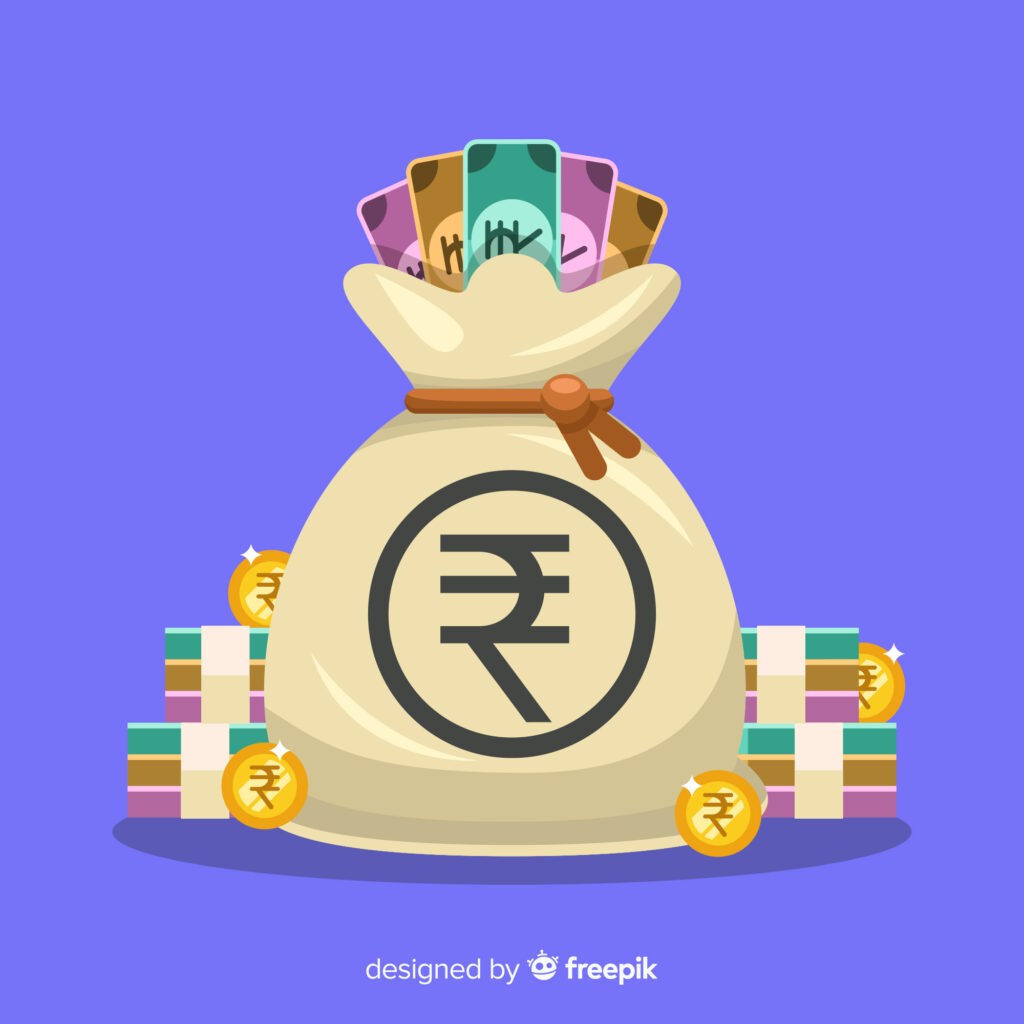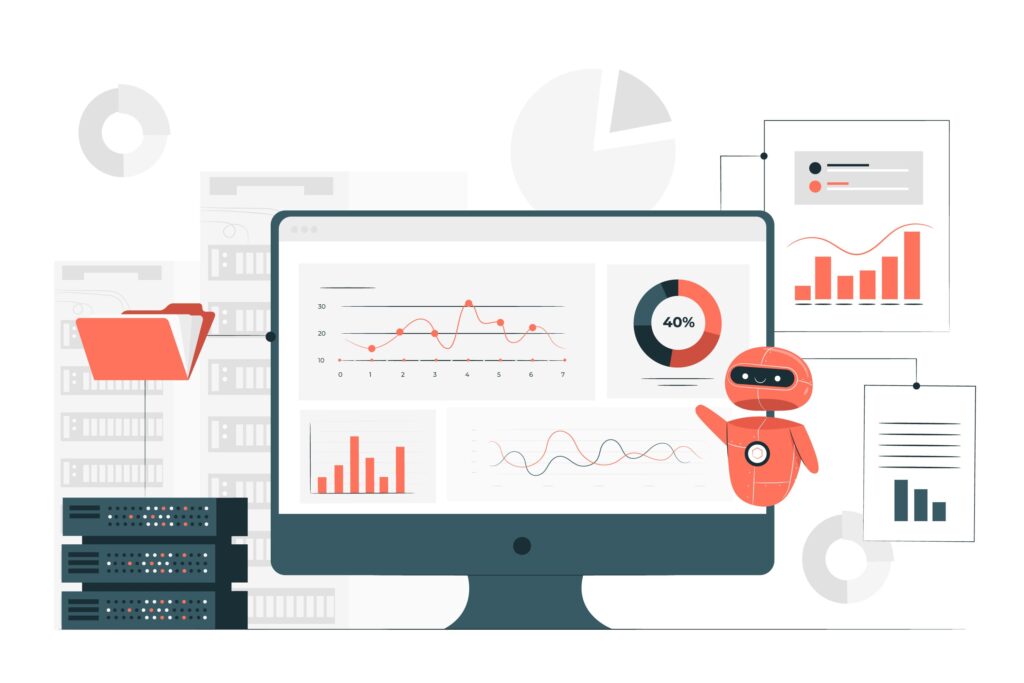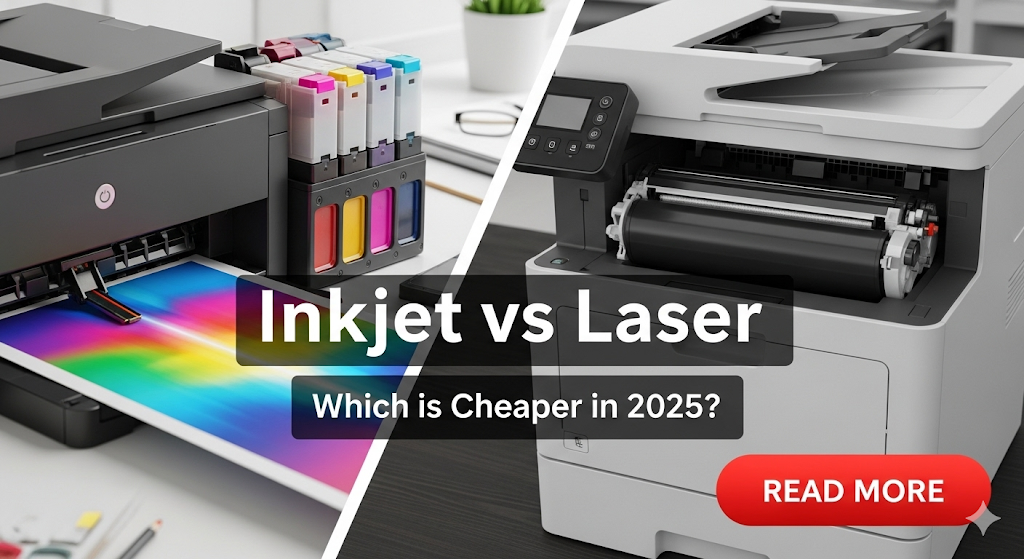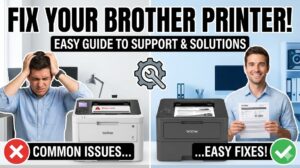Introduction
The inkjet vs laser printer cost debate has taken new turns in 2025, with surprising changes in pricing and technology. Many buyers focus only on the initial purchase price, missing the bigger financial picture that could cost them hundreds of dollars annually.
Understanding true printer costs requires looking beyond sticker prices to examine ink expenses, maintenance costs, and long-term value. Recent market shifts have changed the traditional cost advantages that each technology once held.
This comprehensive analysis breaks down real-world expenses using actual 2025 pricing data. You’ll discover which printer type delivers better value for different usage patterns and learn how to calculate your specific cost per page.
By the end, you’ll make an informed decision that saves money while meeting your printing needs perfectly.
What Is True Printer Cost Analysis?
True printer cost analysis goes far beyond the initial purchase price to examine total ownership expenses over the printer’s lifetime.
Most consumers fall into the “cheap printer trap” by choosing low-cost devices that drain their budgets through expensive consumables. The real expense lies in ongoing costs like ink cartridges, toner, paper, and maintenance.
Total Cost of Ownership (TCO) includes:
- Initial printer purchase price
- Ink or toner cartridge costs
- Paper and media expenses
- Maintenance and repair costs
- Energy consumption
- Replacement timeline
Cost per page serves as the most accurate metric for comparing printer value. This calculation divides total printing costs by pages produced, revealing the true expense of each document.
Professional analysis considers different usage scenarios because light home users face different economics than busy offices. Print volume dramatically affects which technology offers better value.
Understanding these fundamentals prevents costly mistakes and guides smart purchasing decisions that align with your specific needs and budget constraints.
5 Key Cost Factors in Inkjet vs Laser Printer Analysis

Factor 1: Initial Purchase Price Comparison
Inkjet Printers in 2025: Entry-level inkjet printers start around $30-50 for basic models. Mid-range units with wireless features cost $80-150. Professional photo printers reach $200-500.
Laser Printers in 2025: Basic monochrome laser printers begin at $100-150. Color laser printers start around $200-300. High-end models exceed $500-1000.
Reality Check: Inkjet printers win the initial cost battle, but this advantage quickly disappears when factoring in consumable costs.
Factor 2: Ink and Toner Cartridge Expenses
Inkjet Cartridge Costs: Standard black ink cartridges cost $15-25 and yield 200-400 pages. Color cartridges range $20-35 each with similar yields. High-yield versions offer better page counts but cost $40-60.
Laser Toner Costs: Black toner cartridges cost $50-80 but print 1,500-3,000 pages. Color toners range $70-120 each with 1,000-2,500 page yields.
Cost Per Page Breakdown:
- Inkjet black: $0.05-0.12 per page
- Inkjet color: $0.15-0.25 per page
- Laser black: $0.02-0.05 per page
- Laser color: $0.08-0.15 per page
Factor 3: Print Volume Impact on Economics
Low Volume Users (Under 500 pages/month): Inkjet printers often make more sense despite higher per-page costs. The lower initial investment and infrequent cartridge purchases offset the premium.
Medium Volume Users (500-2000 pages/month): This category sees the biggest inkjet vs laser printer cost difference. Laser printers typically break even within 6-12 months and provide significant savings afterward.
High Volume Users (Over 2000 pages/month): Laser printers dominate this segment with substantially lower running costs. The initial investment pays back quickly through reduced consumable expenses.

Factor 4: Maintenance and Reliability Costs
Inkjet Maintenance Issues: Ink can dry out with infrequent use, requiring expensive head cleaning cycles. Print heads may need replacement every 2-3 years, costing $50-100.
Laser Maintenance Requirements: Laser printers need occasional drum replacements ($100-200 every 10,000-20,000 pages) but otherwise require minimal maintenance.
Long-term Reliability: Laser printers typically last 5-7 years with proper care, while inkjets average 3-4 years before major component failures occur.
Factor 5: Energy and Environmental Costs
Power Consumption: Inkjet printers use 10-15 watts during printing and 2-5 watts in standby mode. Laser printers consume 300-600 watts while printing but similar standby power.
Environmental Impact: Laser toner cartridges generate less waste per page due to higher yields. However, manufacturing energy requirements favor inkjet technology.
Annual Energy Costs: For typical home use, energy costs differ by only $10-20 annually between technologies, making this a minor factor in most decisions.

Advanced Cost Calculation Tools and Strategies
Online Cost Calculators: Several websites offer printer cost calculators that factor in your specific usage patterns, local cartridge prices, and energy rates for accurate projections.
Subscription Ink Services: HP Instant Ink and Canon PIXMA offer subscription models that can reduce ink costs by 30-50% for regular users. These services charge monthly fees based on page counts rather than cartridge purchases.
Third-Party Consumables: Generic ink and toner can cut consumable costs by 40-70%. However, quality varies significantly, and some printers detect non-genuine cartridges.
Bulk Purchasing Strategies: Buying cartridges in bulk or during sales can reduce costs by 20-30%. Store cartridges in cool, dry conditions to maintain quality.
Printer Leasing Options: Business users might benefit from lease agreements that include maintenance and supplies, providing predictable monthly costs.
Enterprise-level managed print services bundle equipment, supplies, and maintenance for a per-page fee, eliminating unexpected expenses.
Common Cost Calculation Mistakes and How to Avoid Them
Mistake 1: Ignoring Page Yield Variations Many users compare cartridge prices without considering actual page yields. Always calculate cost per page using manufacturer-stated yields or independent test results.
Mistake 2: Overlooking Color Printing Costs Even occasional color printing dramatically increases costs, especially with inkjet printers that use separate color cartridges. Factor in your actual color usage patterns.
Mistake 3: Underestimating Maintenance Expenses Budget for cleaning supplies, replacement parts, and potential repairs. These costs add up over time and vary significantly between printer technologies.
Mistake 4: Focusing Only on Text Documents Photo printing costs differ dramatically from text documents. Consider your mix of document types when calculating true expenses.
Mistake 5: Not Accounting for Ink Wastage Inkjet printers waste ink during cleaning cycles and startup procedures. This “invisible” consumption can increase actual costs by 10-20%.
Mistake 6: Ignoring Printer Lifespan Differences Spreading purchase costs over realistic lifespans provides more accurate long-term comparisons. Factor in expected replacement timelines.
Mistake 7: Seasonal Usage Variations Some users print heavily during tax season or school periods but rarely throughout the year. Dried ink costs money without producing pages.
Frequently Asked Questions
Q: Which printer type offers better value for home users in 2025? A: For light users printing under 300 pages monthly, inkjet printers usually provide better overall value despite higher per-page costs. The lower initial investment offsets the premium.
Q: How do I calculate my actual cost per page? A: Add your printer cost, all cartridge purchases, and maintenance expenses, then divide by total pages printed. Include energy costs for precision.
Q: Are third-party ink cartridges worth the savings? A: Quality third-party cartridges can cut costs by 50% or more. Research reputable brands and check printer warranty terms before switching.
Q: Do subscription ink services really save money? A: For users who print 100+ pages monthly consistently, subscription services often reduce costs by 30-40% while ensuring you never run out of ink.
Q: How much should print volume influence my decision? A: Print volume is the most critical factor. Users printing over 1000 pages monthly almost always save money with laser printers despite higher upfront costs.
Conclusion
The inkjet vs laser printer cost comparison in 2025 reveals that neither technology universally wins the affordability battle. Your specific usage pattern determines which option delivers better value.
Light users benefit from inkjet printers’ low initial costs and acceptable per-page expenses for small volumes. Heavy users save significantly with laser printers’ efficient consumables and lower maintenance needs.
The key lies in honest assessment of your printing habits, including volume, color requirements, and frequency patterns. Calculate total ownership costs over 3-4 years rather than focusing on purchase prices alone.
Smart buyers also consider subscription services, third-party consumables, and bulk purchasing strategies to optimize costs regardless of technology choice. The most expensive mistake is choosing based on assumptions rather than data.
Make your decision using real numbers from your actual printing needs, and you’ll enjoy years of cost-effective printing that fits your budget perfectly.
How to Add Printer by IP Address: Simple Steps for Windows & macOS Setup Read More.




